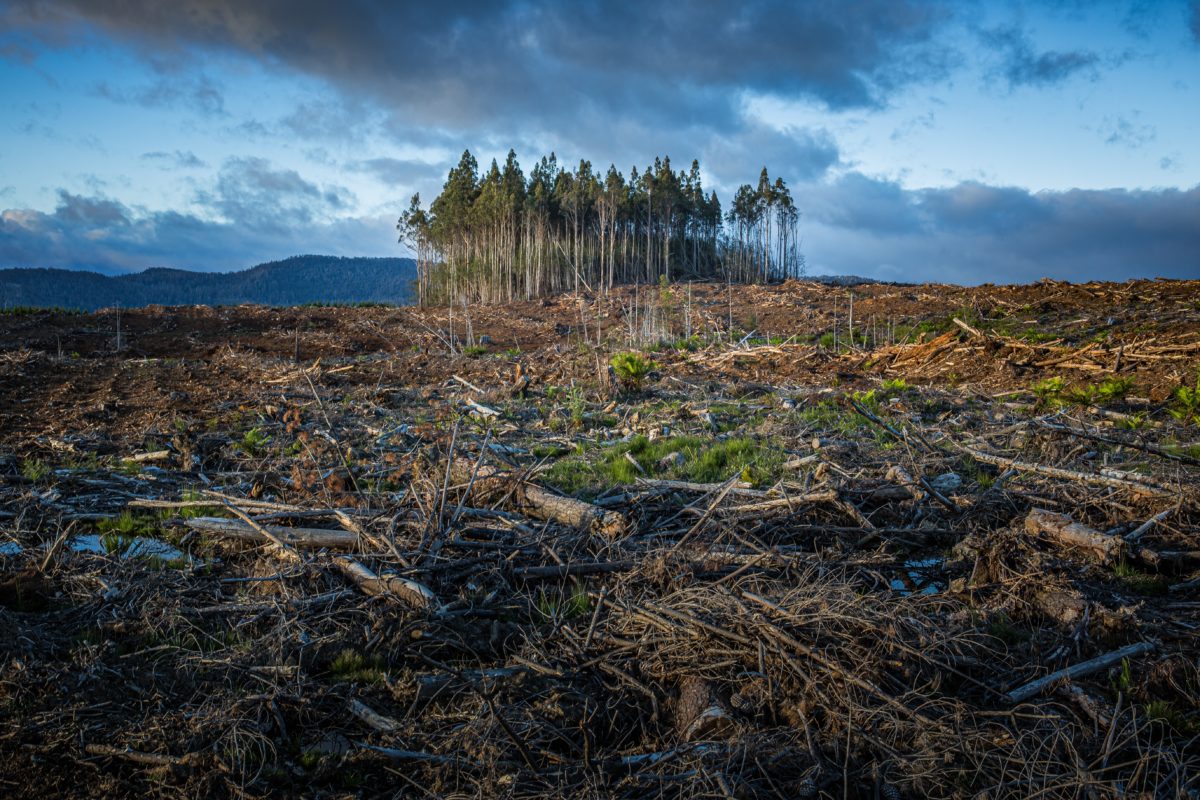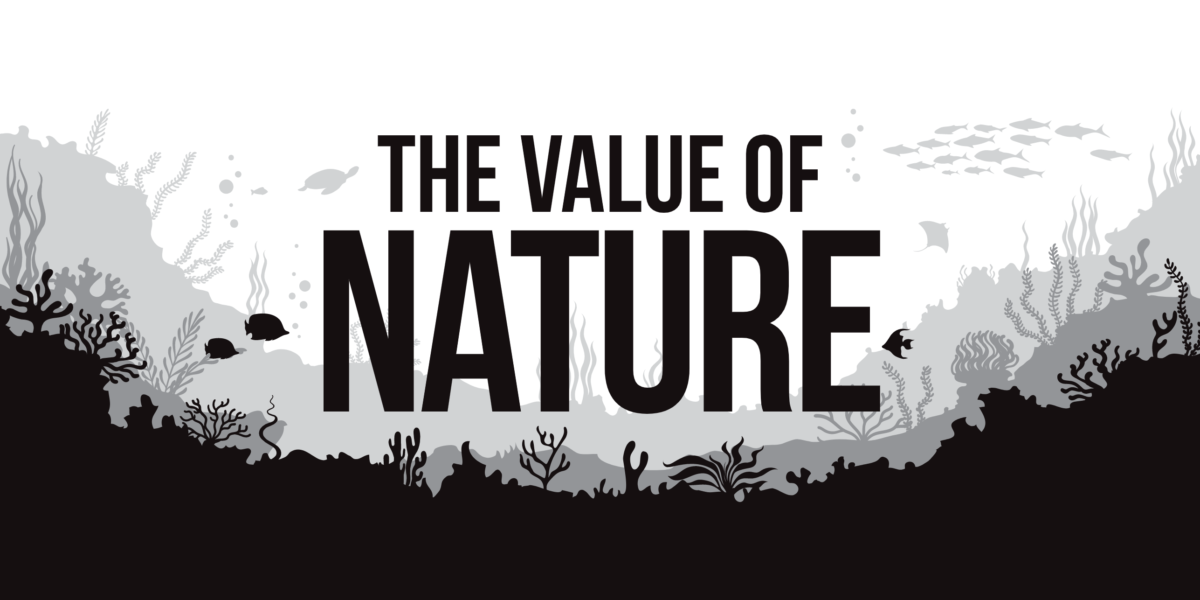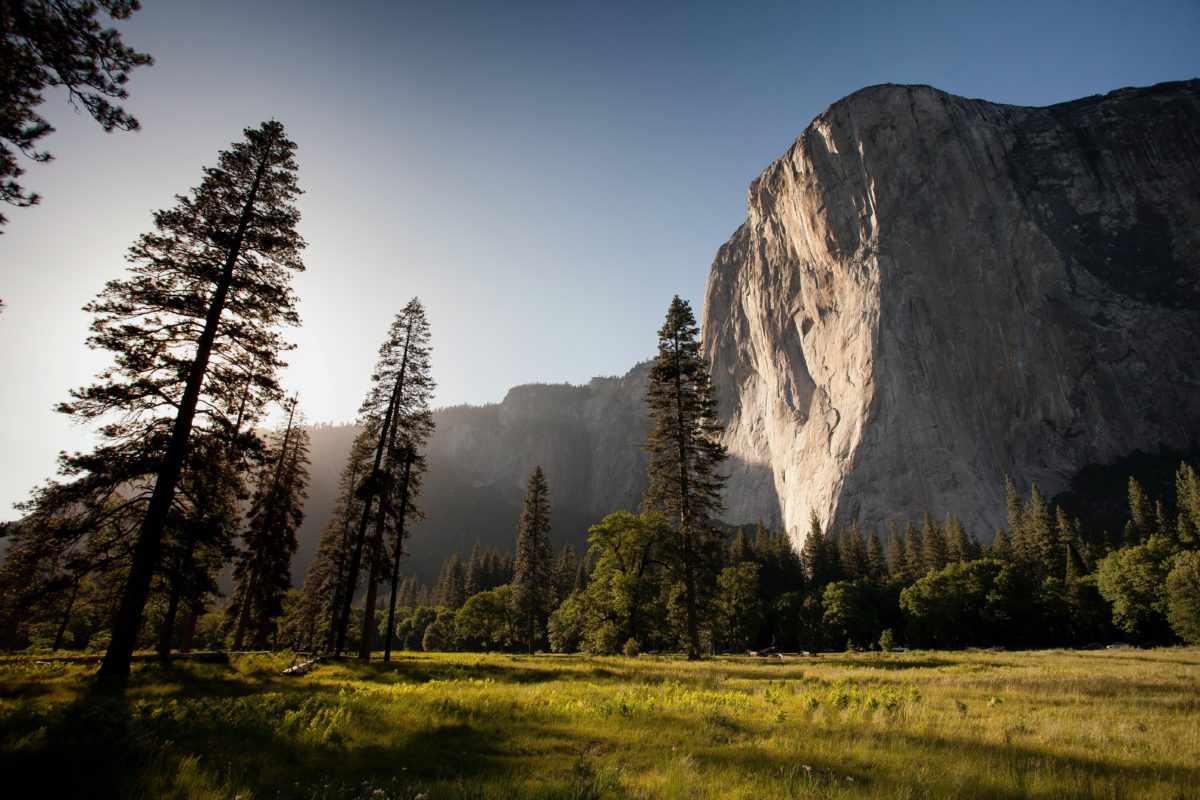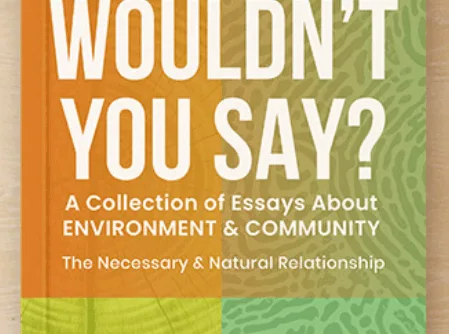Feature photo by Jon Tyson
What’s Radical about Conservation?
As ten thousand plus participants gathered in Montreal for COP-15 discussions on preserving this planet’s biodiversity, the two main proposals on the table are wholly deficient. The other big issue, which precipitated a walk-out by representatives of developing nations, had to do with, of course, money, and what the major polluting nations will pay to address the calamity they’ve brought on. What’s been agreed to at COP-15 is laughably inadequate.
The 30 X 30 proposal to protect 30% of Earth’s biodiversity – or is it 30% of the lands and seas, irrespective of the diversity of life there? – by 2030 is not only inadequate; the premises defining the parameters of the proposal are rooted in the very mindset that’s killing entire species at an accelerating rate. What is left of biodiversity is nothing more than an abstract idea kept aspirational by our refusal to quit the behavior that’s causing the sixth great extinction. The “nature forward” proposal seems to have effervesced into the warming air that clearly will not be limited to a 1.5 degree Celsius increase in temperature.

So, what about 30 X 30?
In his book” Ecocene Politics,” Mihnea Tanasescu writes:
“The practice of conservation in a world of modern development has increasingly focused on the specialness of protected areas: an area being the most biodiverse, the most unique, and so on, is a frequent rationale for conservation. Without denying the unique features of each and every environment, the insistence on uniqueness also encourages the homogenization that is a hallmark of modern development. We are heading towards a world where most of the available space is a sacrificial zone for the accumulation of capital, while the rest is a carefully curated bestiary of ‘the miracles of the natural world’.”
Tanasescu goes on to note that
“… the history of walling places off as conservation reserves is also tied to the creation of poverty and destitution. This is partly because classical conservation is … based on a radical separation of humans and wild nature … Instead of focusing on the uniqueness of what is left over, it is more radical to focus on restoring environments everywhere, such that every human being is part and parcel of a greater natural community in which they ritualistically participate.”
And so, the question naturally arises: which position is likely to actually save the planet’s biodiversity from annihilation? The proposed 30 X 30 conservation scheme that would perpetuate the separation of humanity from the natural world, or a historic revocation of the extremist ideology that casts humanity as having transcended membership in the web of life, as demonstrated by this plan to segment off a small portion of the planet for critters we find interesting – leaving the rest for the mechanized destruction of Nature?

Repudiating belief in humanity’s supposed superiority over Nature would go further to conserve the natural world than any quantitative setting aside we devise. A return to an active and humble membership in the web of life, would in fact constitute a conservative position, not a radical repudiation of reality like the one that was haggled over in Montreal. Wouldn’t you say?
The Age of Denialism
How we describe a problem prescribes the range of possible solutions to be considered. By choosing a plan that is rooted in reductionism – the scientific philosophy and belief that we can better know the nature of Nature by separating parts of creation and studying them in isolation from their natural context – we miss addressing the actual reality of the problem. Life on Earth is dying, not simply because there aren’t enough acres and hectares left unspoiled by human behavior to sustain the multiplicity of life forms. They are dying because we’ve made them discontinuous with the rest of the biosphere.
Setting aside 30% of the land and oceans for life to try to hold on while we continue to despoil the other 70% and expect it to do what it once did when it had 100% of the planet, is wrongheaded not because the numbers are lopsided. It’s doomed to failure because, although we’ve been spectacularly good at reducing the empirical world we call “Nature” down to quantifiable numbers and scientific measurements, parcels of property and pockets of resources, the purely quantifiable aspects of Nature don’t describe what Nature IS, only how we find it useful to us.

The Community Environmental Legal Defense Fund is committed to unpacking the spectrum of ways humans relate to the rest of the natural world. In our recent newsletter, we featured how we live from Nature, which emphasizes Nature’s capacity to provide resources for sustaining the livelihoods, needs, and wants of people, such as food and material goods. These are legitimate values, but they must be balanced with the other ways that are necessary to relate, including:
- Living with nature: which has a focus on life ‘other than human’ such as the intrinsic right of fish in a river to thrive independently of human needs
- Living in nature: which refers to the importance of nature as the setting for people’s sense of place and identity
- Living as nature: which sees the natural world as a physical, mental, and spiritual part of oneself
Let’s be clear, “saving” less than a third of Earth from exhaustion and extinction isn’t possible. Biodiversity isn’t preserved by promising not to kill the last 30% of viable habitats any more than getting sober for an alcoholic means promising to cut back on how much booze is consumed on any given bender.
Giving up the Jack Daniels of fossil fuels for the Budweiser of lithium battery-powered electric cars – to be charged with electricity generated by what? – isn’t getting serious about our real addiction, which is not to fossil fuels, but to high-energy production that supposedly makes human life better.
Hiding from ourselves the destructive nature of energy extracted from the biosphere in amounts that can entertain us, transport us, package our every processed meal, and have little impact on our privileged lives is not an environmentally friendly plan. It’s an excuse to ignore the survival needs of generations yet to be born while we keep feeding our insatiable addiction.

It’s out in the open and everybody’s talking about it: we’re on the verge of giving up on stopping climate disaster by limiting global temperature rise to 1.5 degrees. Just like we have been consistently doing for the past 50 years. Now we’ve hit rock bottom, but we’re going to continue to guzzle relatively cheap energy out of the environment as if there’s an open bar at the wedding of Mother Nature to our royal step-dad, the Market of Capital. The tantrums of power have prevented us from calling it out for what it is: the essence of denialism.
Environmentalists among us remain comfortably numb in the role of sober enablers. Apparently stymied by the thought that it’s impolite to be back-seat drivers, Nature’s supposed organized champions avoid causing a scene, even when the drivers of ecomodernism are bombed out of their minds on kick-ass profits and headed for a cliff.
But are they … in fact are we such efficient enablers that we can quietly accept industrial society’s plans to make amends for raping the land and poisoning the water we drink, by setting a goal of becoming 30% sober eight years from now, while gaslighting us not to notice the corresponding fact that we will have to tolerate the ongoing abuse of the other 70% of life to feed an addiction we’re not prepared or allowed to seriously talk about?
It’s time for some tough-love, in fact, an intervention. Wouldn’t you say?
What’s Really being Conserved?
According to the article “Plans to protect 30% of the planet by 2030 could be ‘devastating’ for Indigenous people,” published by Euronews, “Only 3 percent of the world’s land remains ecologically intact, and biodiversity loss continues at an alarming rate.” And another estimate informs us that “Wildlife have endured an average 69 percent drop in monitored populations of mammals, birds, amphibians, reptiles and fish since 1970, according to the latest Living Planet Report (LPR) from WWF International.”
It’s not a triviality that “conserving” 30% of Earth’s biodiversity could be used as a rationale for amputating indigenous people from the land. Only in a plan still rooted in the absurd belief that humans exist in a reality separate from Nature could the last remnants of humans living in natural relationship with their native ecosystems be parted from the land, ostensibly to save it. The land is an inalienable part of their lives, and they are part of the living environment they inhabit. It’s the rest of us inmates in the asylum of modernity who’ve turned our backs on reality.

Turning what’s left of “pristine” nature into gated communities for a select portion of aesthetically pleasing life on Earth requires an obstinate commitment to the lie that humans are discontinuous with Nature.
Dispossession of the surviving human contingent from Earth’s remaining biodiverse ecosystems will fail to preserve the slivers of land set aside as free-range zoos for non-human “wild” life. Land appropriated in this way will save and conserve only one thing: the reductionist paradigm, from which industrialized ecocide and genocide emerged and are perpetuated.
The optics of this illusion of conservation don’t stand up to scrutiny. If the numbers in the Euronews article above are anywhere near correct, and we’ve lost 69% of Earth’s biodiversity over the last 50 years, then what’s come out of COP-15 at best will preserve 30% of what’s left. It will be 30% of the remaining 31% which, by my calculations, means (30% X 31%) 0.093% or a bit less than 1% of Earth’s pre-1970 biodiversity. This is the reality of what’s been settled on by the gathering in Montreal, despite the earnest efforts of many of the participants. They negotiated with addicts to materialism. There was no intervention.
Let’s be generous and call the COP–15 agreement a plan for conserving 1% of Earth’s biodiversity. That means that negotiators agreed to sacrifice 99% of Earth’s remaining biodiversity on the altar of human consumption for profit. That seems more like an abject failure than swearing off our modern addiction to materialism. Wouldn’t you say?


